My First Silent Meditation Retreat
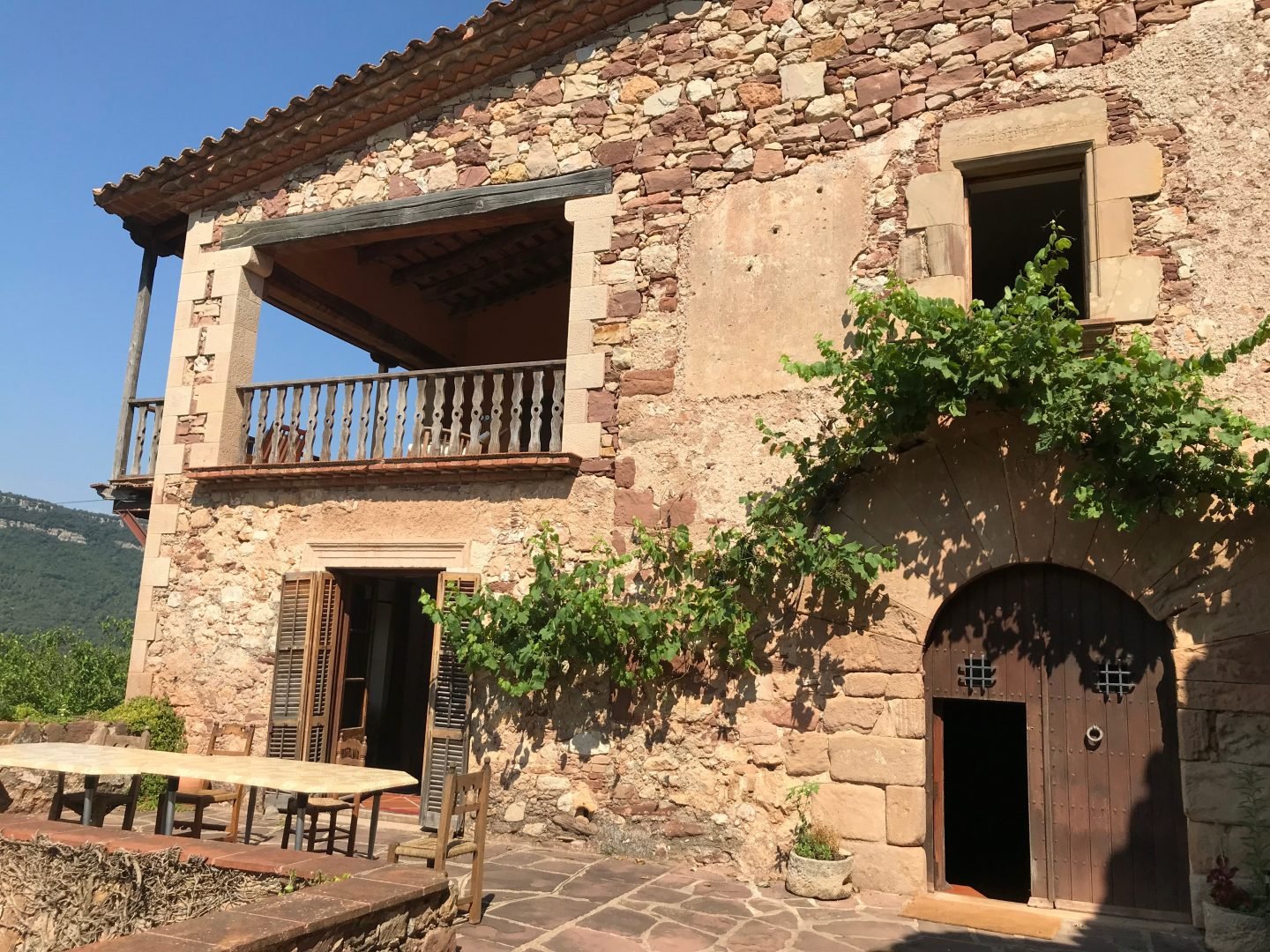
You may be interested in this post if you:
- Have dabbled in meditation but are looking for a way to invigorate your practice
- Have considered a silent meditation retreat but aren't sure if it's for you
- Are looking for an answer but can't seem to figure out what question you're asking
Seeking Retreat
This past July I attended a silent meditation retreat. I’d heard and read about them for years and had always wanted to try one, and when I started thinking about where I might go on a summer vacation, I figured now was the time to do it. I began searching online and came across the website bookyogaretreats.com.
After sifting through the thousands of available retreats (yay for meditation popularity!) I found many 10-day silent retreats in locations all over the world, but since I’d never done anything like it before I thought might start with something a little shorter. I found a 5-day retreat in Barcelona that had excellent reviews and was very reasonably priced, but I still wasn’t sure if sitting on a cushion for several hours a day was the way I wanted to spend my summer vacation. So I closed my laptop and went on with the rest of my day.
As I considered whether it was meditation retreat or a “real vacation” that I needed, and weighed the time and cost of flying all the way to Barcelona for a short retreat, I realized that if I were meant to go there, the universe would send me a sign.
Nudges From the Universe
Sometimes the universe is subtle in its signals, and at other times it’s not. This time, to my delight, it was not. Over the next 24 hours Barcelona kept showing up everywhere I looked. I know what you’re thinking; the internet is listening and was just showing me ads based on my recent searches, but it wasn’t that.
Barcelona was showing up in my Instagram feed in photos posted by friends and travel blogs alike. When I turned on Netflix to browse the “Suggested for You” titles, the first movie in the list was “Ibiza” which is about a girl who flies to Barcelona and ends up taking a fateful trip to Ibiza while she’s there. The final sign came when I realized that the days of the Barcelona retreat were the exact same days that my boss would be out of town. It was the clear sign that the universe wasn’t just suggesting that I go; it was all but pushing me. And when the universe pushes that hard, you don’t push back. So I signed up for the retreat and booked my flight. A month later, in early July, I was on my way to Spain.
Barcelona
I'd visited Barcelona in 2010 with a friend and remembered it being such a beautiful city. After having done a fair amount of travel in my life, it's honestly the only other city besides Los Angeles (where I currently live) and San Diego (where I grew up) that I could see myself living in. In addition to being a vibrant European metropolis by the sea with so much art, music, architecture, and history to explore, it has an energy about it that can’t be described. You just feel it when you are there. More on the details of my trip another time though.
After a couple of days of sightseeing and soaking up all of the amazing energy, I took a train about an hour north to a small town in the hills of Catalunya where the Comunidad Om Shanti had a center in Spain. One of the retreat’s organizers and teachers, Floris, picked me up in a well-worn, dusty old van. He greeted me with a hug and his warmth and friendliness were a great preview of things to come.
After a short 5-minute ride through the small town and up bumpy, unpaved hillside roads, we arrived at a beautiful old Spanish villa.
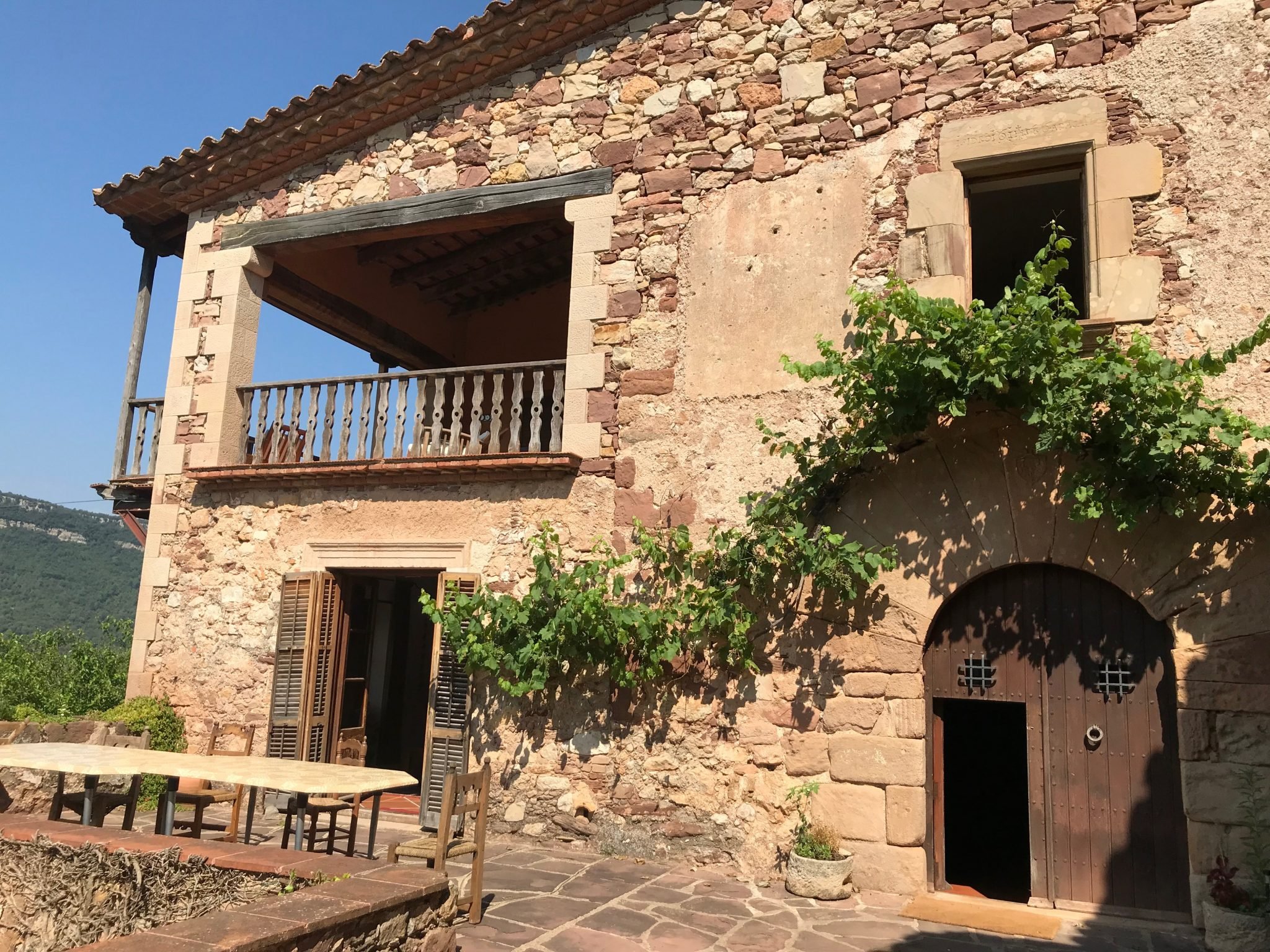
The Om Shanti Villa
Floris welcomed me in and asked me to please remove my shoes (a custom when entering most Buddhist temples and places of practice). We walked through each of the common rooms downstairs including two large living rooms, a dining room with a 16 seat table, and a communal kitchen. As we moved through the house and peeked into the still empty bedrooms upstairs, I met a few of the "karma yogis," or students who were participating in the retreat and paying for their tuition and boarding by preparing meals and keeping the villa clean.
I settled into my modest yet beautiful single bedroom and took a quick nap (I was still suffering from jet lag) before meeting the group for dinner. After a whole-foods, plant-based dinner we gathered in the meditation and yoga space on the third floor of the villa to learn more about what we could expect over the next few days.
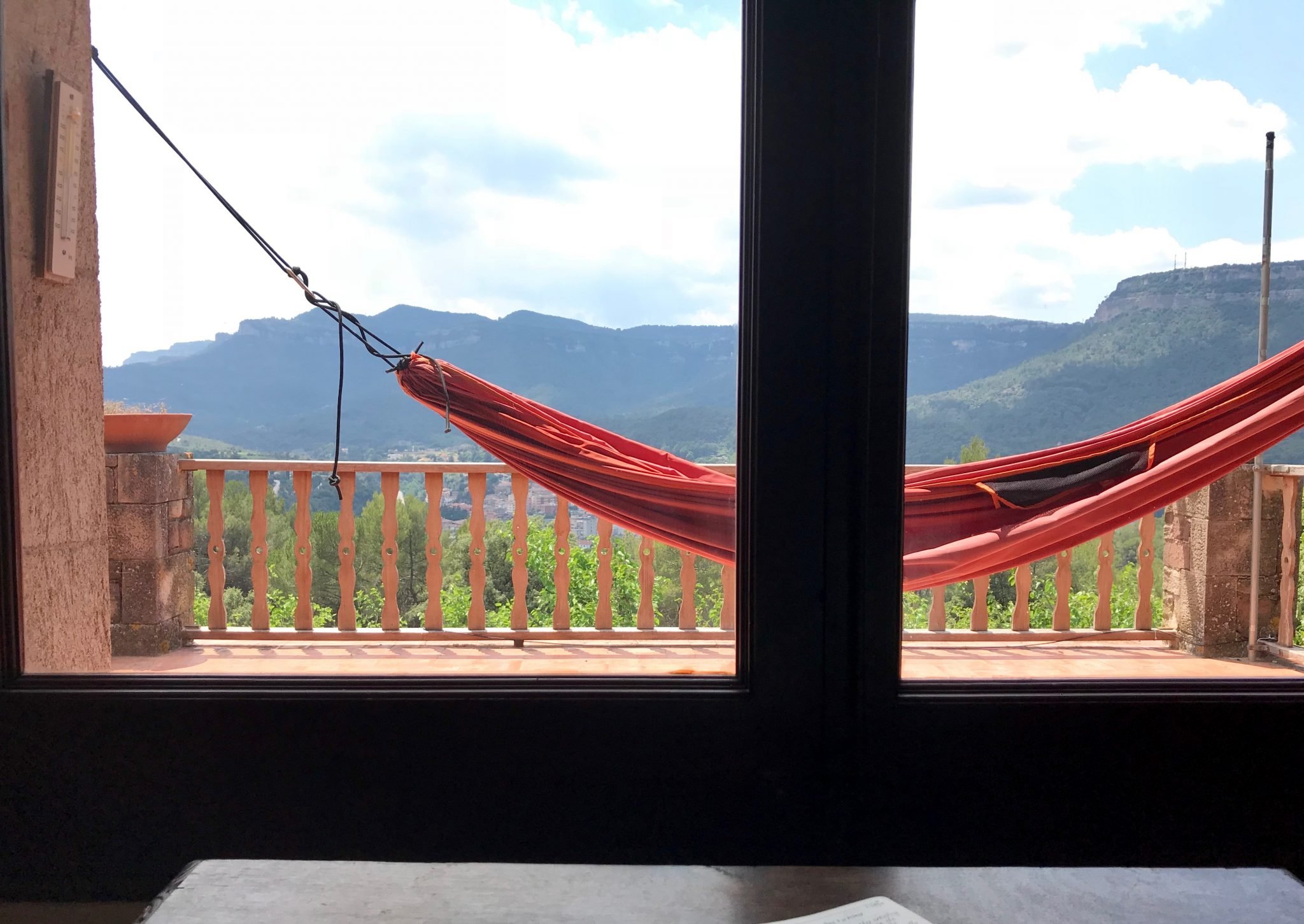
The Rules
Silence
At the conclusion of the orientation, all of ten of the participants would engage in a practice of silence for three full days. While this may seem difficult in and of itself, there was more to it. In order to create a sense of isolation similar to that of a monk meditating in solitude, we were also to refrain from the following:
- Eye contact
- Reading
- Use of electronic devices (e.g., smartphones, laptops, etc.)
- Listening to music
In addition to simulating a state of solitude, removing these distractions enabled us to focus on our thoughts instead of allowing our minds to become focused on other people's words and ideas (written in books, song lyrics, or online). And I was surprised to find how much we non-verbally communicate with others just through eye contact and hand gestures alone.
Schedule
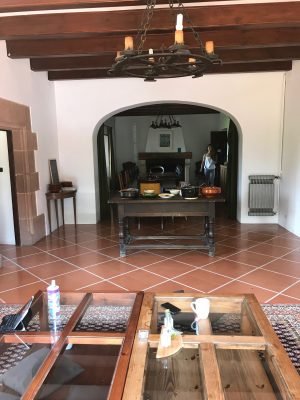
Each day followed a well-defined schedule from morning till night:
- 7:00 - 9:00 – Hridaya Meditation
- 9:00 - 10:00 – Breakfast
- 10:00 - 11:00 – Relevant lecture teaching
- 11:00 - 12:30 – Hridaya Hatha Yoga
- 12:30 - 13:00 – Meditation
- 13:00 - 15:30 – Lunch and rest
- 15:30 - 17:30 – Meditation
- 17:30 - 19:00 – Hatha Yoga (Hatha flow or yin)
- 19:00 - 20:00 – Dinner
- 20:00 - 21:00 – Q&A and meditation
Intensity
Silence
The "silent" part of the retreat was probably the easiest thing for me. As an introvert (although many people think I'm an extrovert), I like to spend at least a few days a month completely alone. After spending long days at work in non-stop meetings or conference calls, followed by evenings out with friends or weekend visits with family, I need to decompress. I do this by spending time alone but that usually includes some reading, scrolling through the interwebs, listening to music, and some good ole' Netflix bingeing.
No Distractions
The inability to read or listen to music was challenging for me. I am constantly reading. I have a few books on my nightstand and will read a few chapters of one before I go to bed at night. I listen to audiobooks while I get ready in the mornings. I even think of my bi-weekly mani/pedi as a chance to get a solid 1-2 hours of listen-reading on Audible. If I couldn't "read" during that time, I'd probably quit mani/pedis and have poorly maintained nails and cuticles for the rest of my life.
I like to think that turning off my phone and giving up music for a few days would be easy, but books? I had a tough time with that one. Luckily, my jet lag came in handy here; I spent a couple of my lunch breaks napping which meant I didn't have as much time to wonder what to do with myself. That may or may not have defeated the whole person of the rest hours.
Sitting for 7 Hours a Day
While two hours of meditation in the morning may seem torturous to some or intimidating to others, our teachers expected this and allowed us plenty of time to ease into it. On the first couple of days, we took regular breaks during each meditation session to get up and stretch. Many of us made ample use of the available cushions, foam blocks, and folded blankets to easy any back, knee, or ankle pain we were experiencing. While I spent most of the first day trying to find the most effective combination of those props, I continued to fidget until about halfway through the second day. By the third day, I was able to sit comfortably for a full hour without much fidgeting.
Slow-Paced Yoga
I was surprised to find how irritated I was at the slow pace of the Hatha Yoga sessions we had. I am so used to the fast-paced "flow" or vinyasa yoga that is so predominant in LA that slowing down was hard for me. Even the "Hatha flow" sessions were frustratingly slow. It forced me to try to understand why I needed constant movement to feel like yoga was being effective. Even though holding simple poses for 1-2 minutes was more challenging for my body than I expected, I was craving something more vigorous.
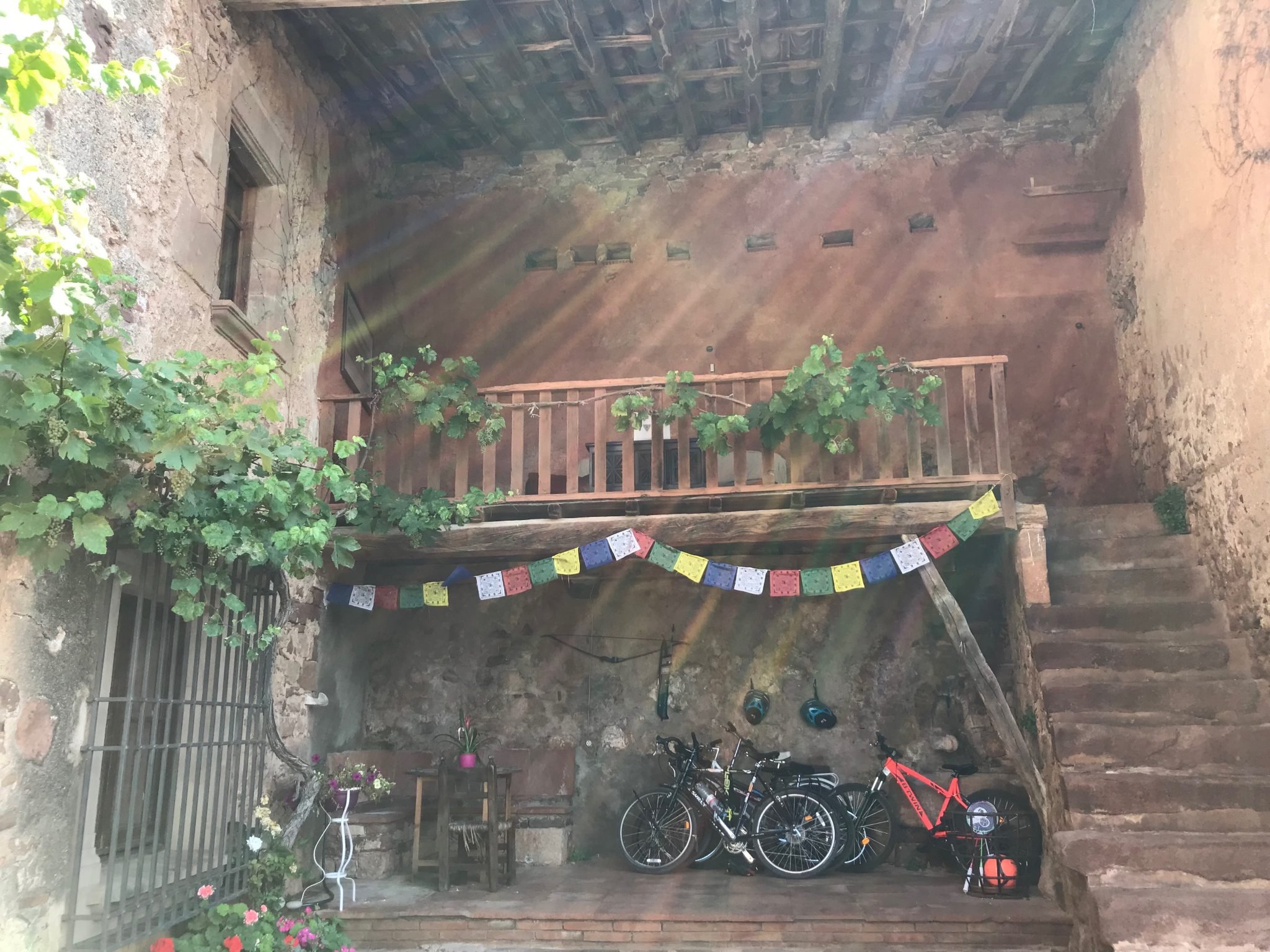
What I Learned
The thing that struck me almost immediately when I began the silence is that, when left alone with my thoughts, I noticed how fast and incessantly those thoughts raced through my mind. In The Untethered Soul: The Journey Beyond Yourself by Michael A. Singer, he aptly describes those thoughts, your psyche, as an obnoxious inner roommate who won't stop commenting and judging everything that happens or might happen to you.
I think I began my meditation practice the way that many people do: my "inner roommate" immediately started criticizing me. Every time I would break my concentration during a breathing exercise or one of the lectures, I would silently say “shit!” or “gah!” or “come on!” My "inner roommate" was incessantly reminding me that I had failed again and wasn't good at this. Over the last few months, I’ve been learning how unkind I can be to myself, and meditation practice was no exception.
When I reminded myself to practice with loving kindness towards myself and returned to my breath or the lecture, my mind would inevitably wander again.
What should I do when I get back to Barcelona in a few days?
I wonder how things are going at work...hopefully no one is trying to reach me for anything urgent.
My mom has probably texted me three times and is probably wondering if I’m dead.
And each time (alright fine, not every single time) I would return to my breath and remind myself that recognizing my mind’s wandering was part of the practice of mindfulness.
Another I thing I learned was how uncomfortable it was for me not to have constant external stimulation.
I thought I was pretty good about not always being on my phone, but it turns out that I’m only mildly good at smartphone abstinence during shared meals and when other entertainment (e.g., a movie, concert, game) is otherwise occupying my attention. But when those things aren’t happening, when I’m waiting for 14 seconds for the elevator, I will get out my phone and systematically check email (work and personal) and Instagram. If the elevator is exceptionally slow that day, then I’ll also check Facebook and possibly even Twitter. Why do I do that?? And when I have a few hours of non-work/non-social time do I sit quietly with my thoughts? Nope. I read a book; I watch a movie, and, if I’m really bored, I will call a friend.
I also realized that faster-paced yoga classes require us to focus our minds on the postures and the transitions in between. Because we're preoccupied with that, our thoughts can take a back seat, which is probably a reason many people consciously or subconsciously enjoy yoga. Vinyasa-style yoga classes are an excellent way to release stagnant energy from our bodies, keep our muscles toned and limber, and prepare our bodies for meditation, but I've learned that adding hatha yoga to a regular practice has a lot of benefits including the practice of slowing down.
Finally, during the retreat I found answers to questions that hadn't yet formed in my mind but existed as wispy cloud-like threads. Eliminating the distractions, focusing on my breath, and repeatedly asking myself the question "Who Am I?" unlocked answers that I imagine had been just sitting there, waiting to be released. It's incredible what will show up when we create the space for it.
Why I Plan to Do It Again
Now that I have experienced the challenge of silence, the removal of distractions, and learned that I could survive it all, I definitely want to do it again. The mindfulness I gained from focusing on my thoughts instead of external things was so valuable and insightful. There were so many unexpected "aha!" moments and realizations that I wasn't consciously seeking out.
Aside from the benefits, I have a lot to learn when it comes to non-judgment, and the best place to begin that journey is with non-judgment towards one's self. Forgiving myself when my thoughts wandered, when I fidgeted on my cushion, got frustrated with a yoga session, or even when I took a quick peek at my phone on the final day of silence (I couldn't help it! It was hard!), I forgave myself. Doing that over and over again taught me two things: 1) I am really hard on myself, 2) I cannot expect to be kind to others if I am not kind to myself first. Again, I have a lot more to learn in this space but as they say, baby steps.
A Next Step
If you are curious about a silent meditation retreat or just want to dip your toe in the pool with a single meditation session, there are many ways to explore:
- Start with a simple 10-minute guided meditation at home with an app like Calm or Headspace
- Find a meditation retreat anywhere in the world at bookyogaretreats.com
- If you're in LA, check out a class at a meditation studio like DEN Meditation
Best wishes to you as you take the next step on your journey, whatever that step may be!
